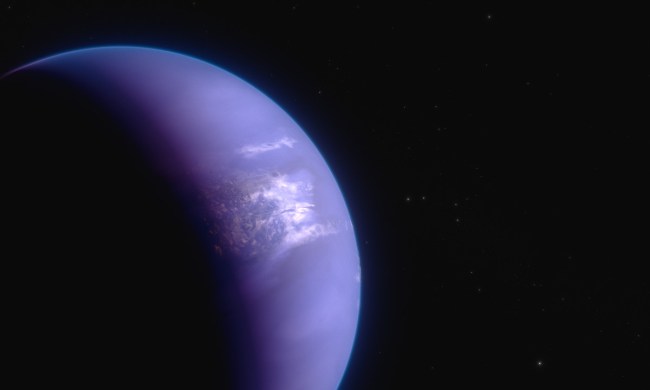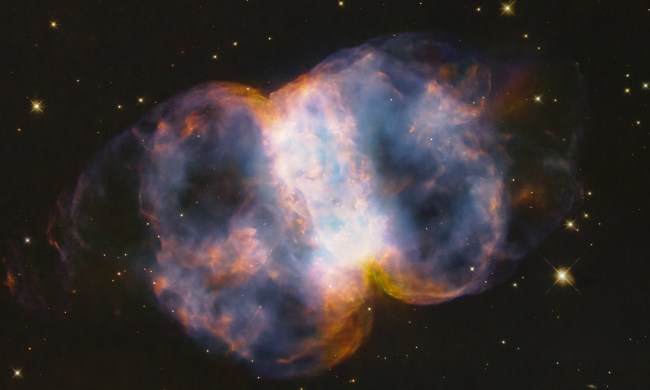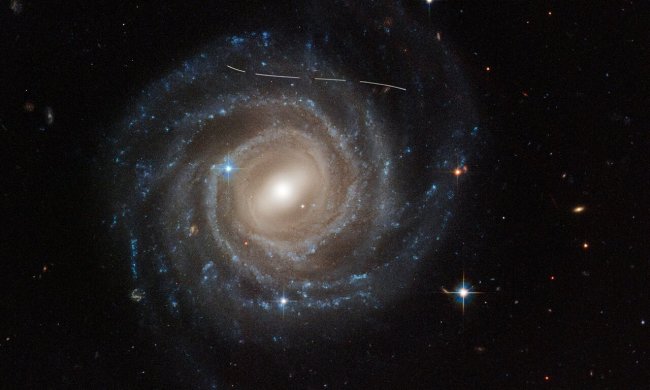One of the big topics in exoplanet research right now is not just finding exoplanets but also looking at their atmospheres. Tools like the James Webb Space Telescope are designed to allow researchers to look at the light coming from distant stars and see how it is filtered as it passes by exoplanets, allowing them to learn about the composition of their atmospheres. But scientists are also using older telescopes like the Hubble Space Telescope for similar research — and Hubble recently identified water vapor in an exoplanet atmosphere.
“This would be the first time that we can directly show through an atmospheric detection that these planets with water-rich atmospheres can actually exist around other stars,” said researcher Björn Benneke of the Université de Montréal in a statement. “This is an important step toward determining the prevalence and diversity of atmospheres on rocky planets.”

Planet GJ 9827d is relatively small by exoplanet standards, at twice the diameter of Earth, and scientists are wondering whether the planet could have a water-rich atmosphere or whether there is just a small amount of water vapor in a puffy hydrogen-rich atmosphere. With a Venus-like temperature of 425 degrees Celsius, the planet would be hot and steamy if water-rich.
“Our observing program was designed specifically with the goal of not only detecting the molecules in the planet’s atmosphere, but of actually looking specifically for water vapor. Either result would be exciting, whether water vapor is dominant or just a tiny species in a hydrogen-dominant atmosphere,” said another of the researchers, Pierre-Alexis Roy of the Université de Montréal.
It is hard to tell whether the planet has a water-rich or hydrogen-rich atmosphere because of its small size. Although Hubble was able to take data from 11 transits — when the planet passed in front of its star and light from the star filtered through its atmosphere — this can indicate the presence of water vapor but not necessarily the amount that is present.
“Until now, we had not been able to directly detect the atmosphere of such a small planet. And we’re slowly getting into this regime now,” said Benneke. “At some point, as we study smaller planets, there must be a transition where there’s no more hydrogen on these small worlds, and they have atmospheres more like Venus (which is dominated by carbon dioxide).”



